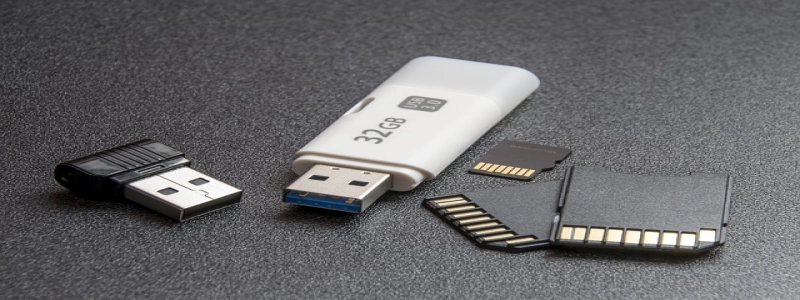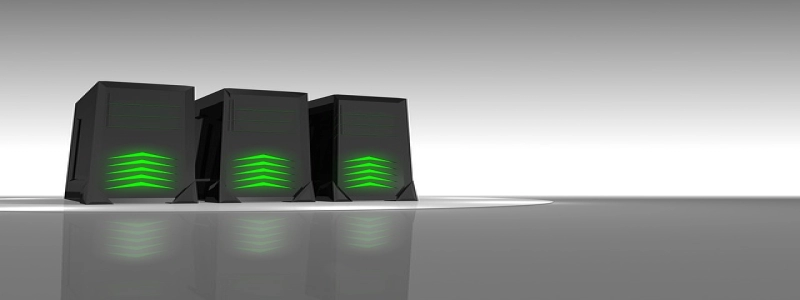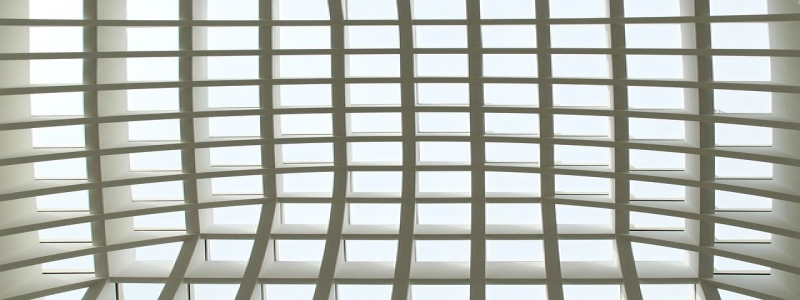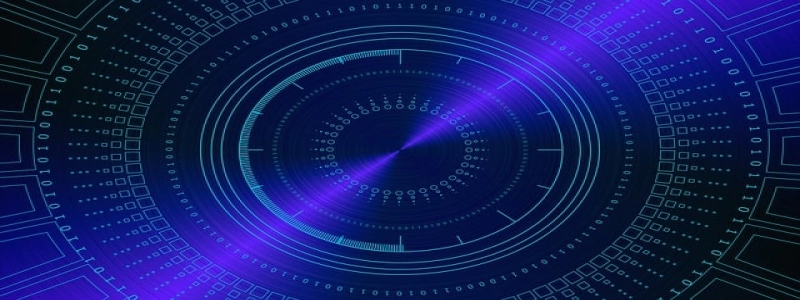Optical Fiber vs Copper Cable: Unveiling the Battle of Connectivity
Uvod:
In the digital age, connectivity has become the cornerstone of global communication and information exchange. Two primary mediums, optical fiber and copper cable, have emerged as leading contenders in this battle for connectivity supremacy. This article aims to shed light on the key differences and benefits of each medium, providing readers with a comprehensive understanding of their distinct characteristics.
jaz. Understanding Optical Fiber
A. Definition and Composition
1. Optical fiber is a thin, transparent strand made of glass or plastic.
2. It operates on the principle of transmitting data using light signals through the fiber core.
B. Advantages of Optical Fiber
1. Superior Data Transmission Speed
a. Optical fiber enables speeds up to several terabits per second.
b. It outperforms copper cable in terms of bandwidth and data transfer capabilities.
2. Immunity to Electromagnetic Interference
a. Optical fibers are not affected by external interferences like electromagnetic waves.
b. This ensures uninterrupted data transmission, making it ideal for critical applications.
3. Long-Distance Communication
a. Light signals can travel longer distances in optical fibers without significant loss.
b. Optical fiber is widely used in telecommunication networks connecting different continents.
II. Copper Cable: The Traditional Connectivity Medium
A. Definition and Composition
1. Copper cable consists of copper wires that transmit electrical signals.
2. It has been the primary medium for connectivity for decades.
B. Advantages of Copper Cable
1. Affordable Infrastructure
a. Copper cable is widely available and comparatively less expensive than optical fiber.
b. It offers a cost-effective solution for short-distance communication.
2. Compatibility with Existing Infrastructure
a. Many buildings and homes have pre-existing copper wiring, making it convenient for use.
b. Upgrading to optical fiber may require significant infrastructure modifications.
3. Flexibility in Application
a. Copper cables can be easily bent and twisted, allowing for various installation scenarios.
b. This makes it suitable for applications requiring flexibility, such as in-home or office setups.
III. Comparing Optical Fiber and Copper Cable
A. Data Transmission Speed
1. Optical fiber has significantly higher data transmission speeds compared to copper cable.
2. Copper cable’s data transmission speeds are limited by resistance and signal degradation.
B. Bandwidth Capacity
1. Optical fiber provides a much larger bandwidth capacity, accommodating higher data volumes.
2. Copper cable offers limited bandwidth and is prone to signal degradation over long distances.
C. Reliability and Interference
1. Optical fiber is immune to electromagnetic interference, ensuring reliable data transmission.
2. Copper cable suffers from electromagnetic and radio frequency interference.
D. Distance Limitations
1. Optical fiber can transmit data over longer distances without significant signal loss.
2. Copper cable’s performance diminishes over long distances due to signal degradation.
Zaključek:
In the ongoing battle for connectivity dominance, both optical fiber and copper cable have their place. Optical fiber excels in terms of data transmission speed, bandwidth capacity, and immunity to interference. It is the go-to choice for long-distance communication and critical applications. On the other hand, copper cable offers affordability, compatibility with existing infrastructure, and flexibility in applications. Choosing between the two mediums ultimately depends on specific requirements, budget constraints, and feasibility. As technology advances, it will be interesting to witness further innovations in connectivity mediums and the subsequent impact on global communication networks.








